Philips 243B9 review: A superb all-rounder
The addition of USB-C connectivity makes this 1080p monitor a winner for no-frills functionality
-
+
Good value
-
+
Flexible stand
-
+
USB-C input
-
-
Slightly cheap build quality
-
-
Underwhelming uniformity

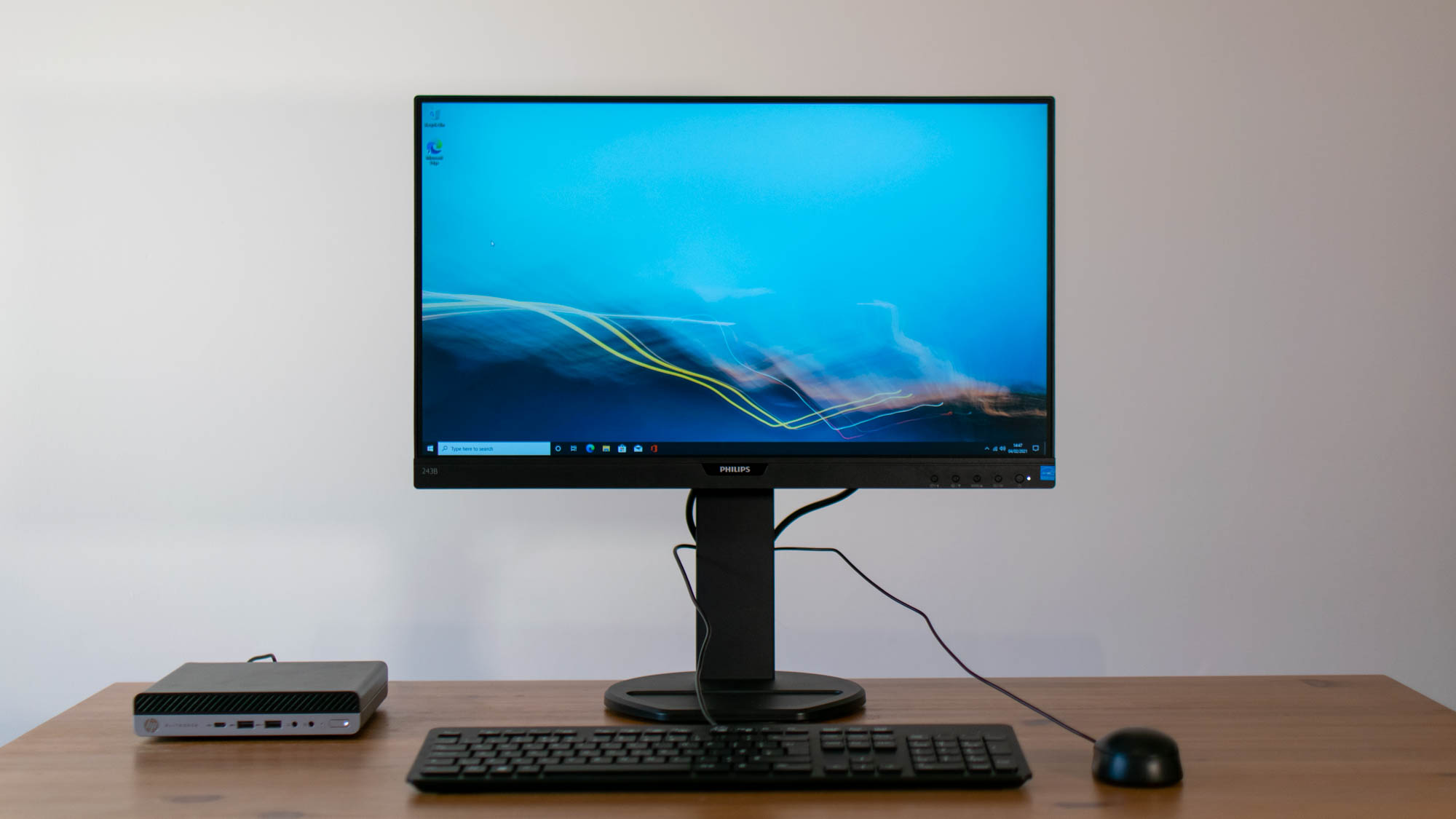
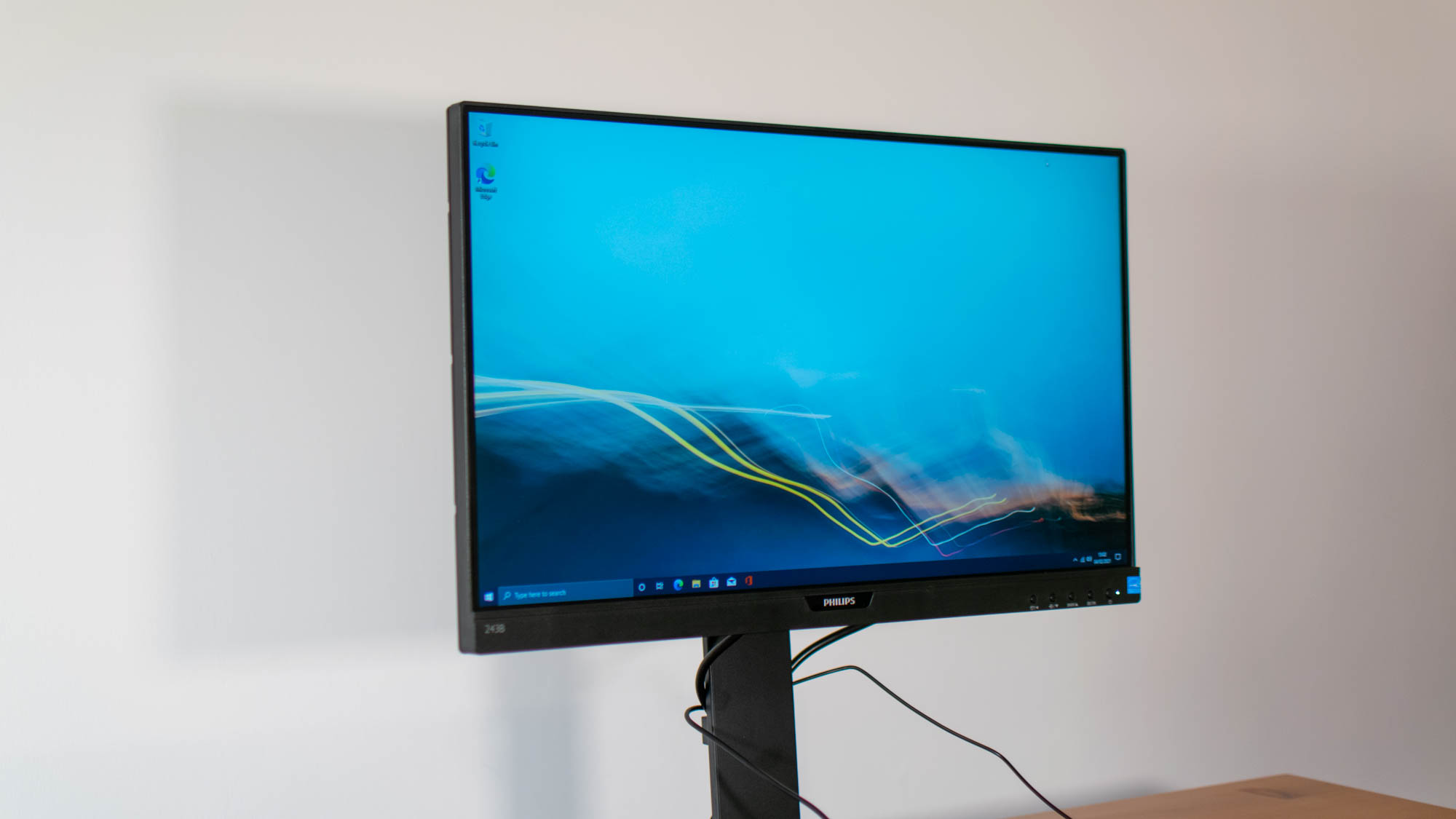
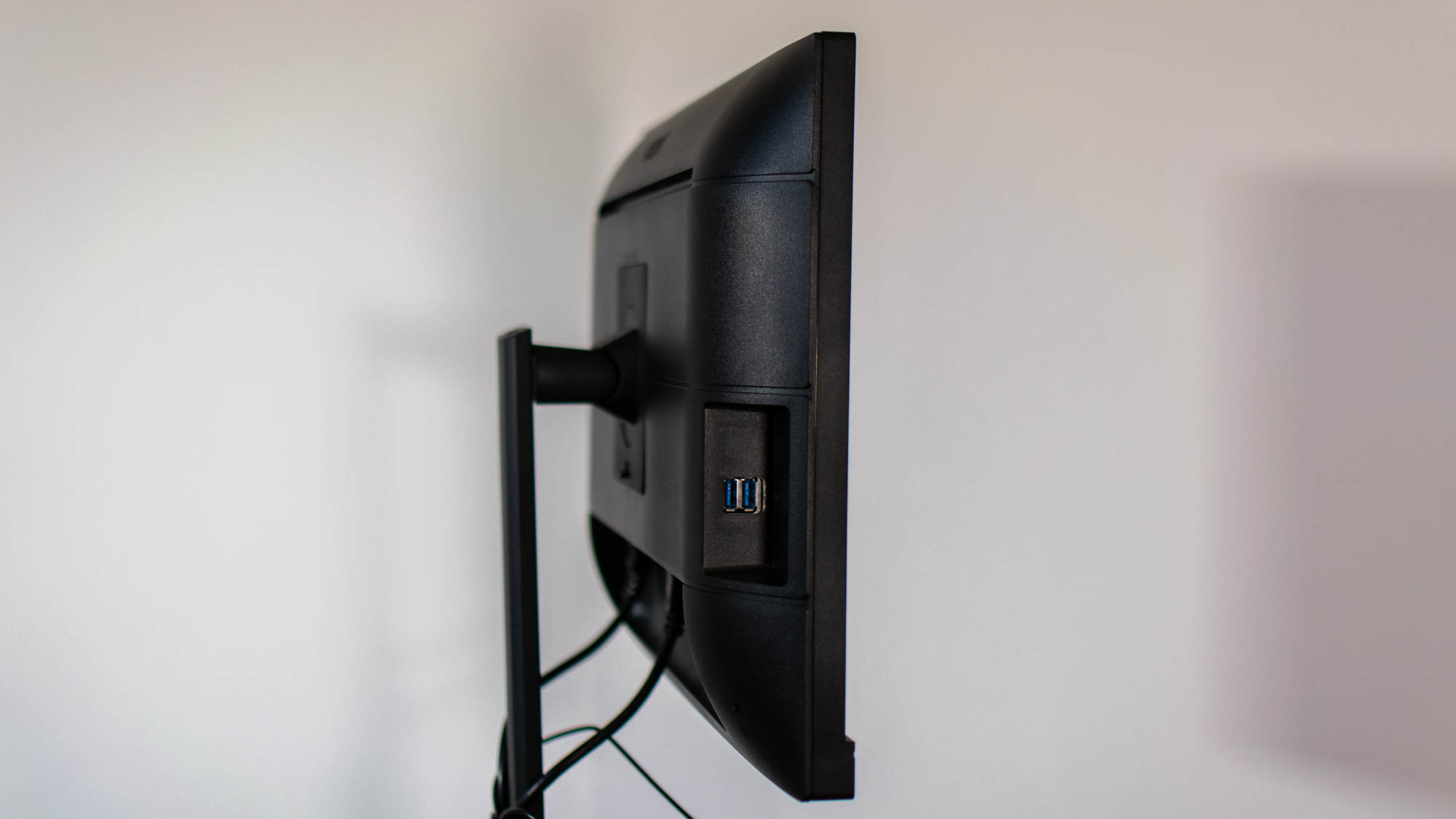
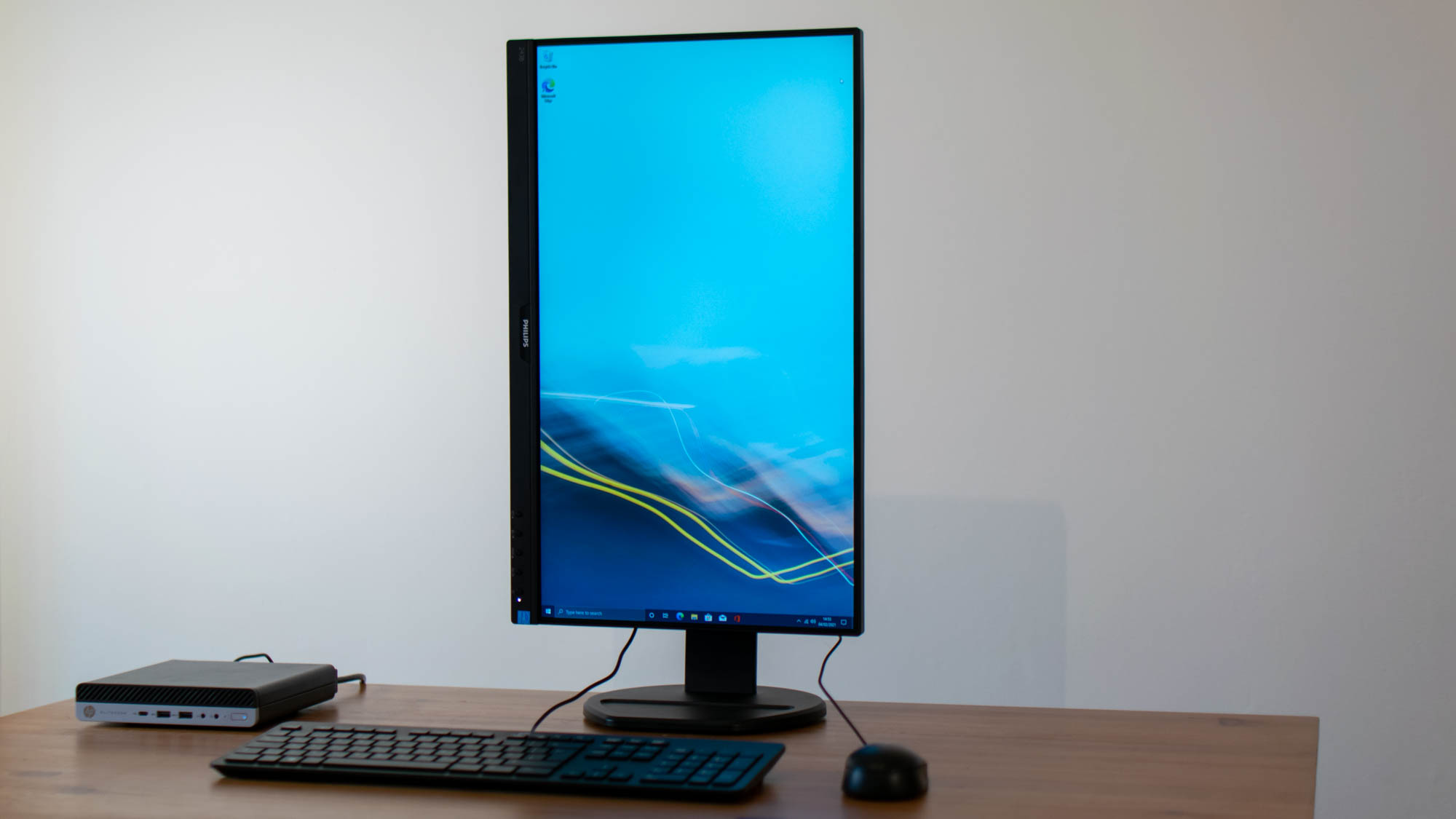
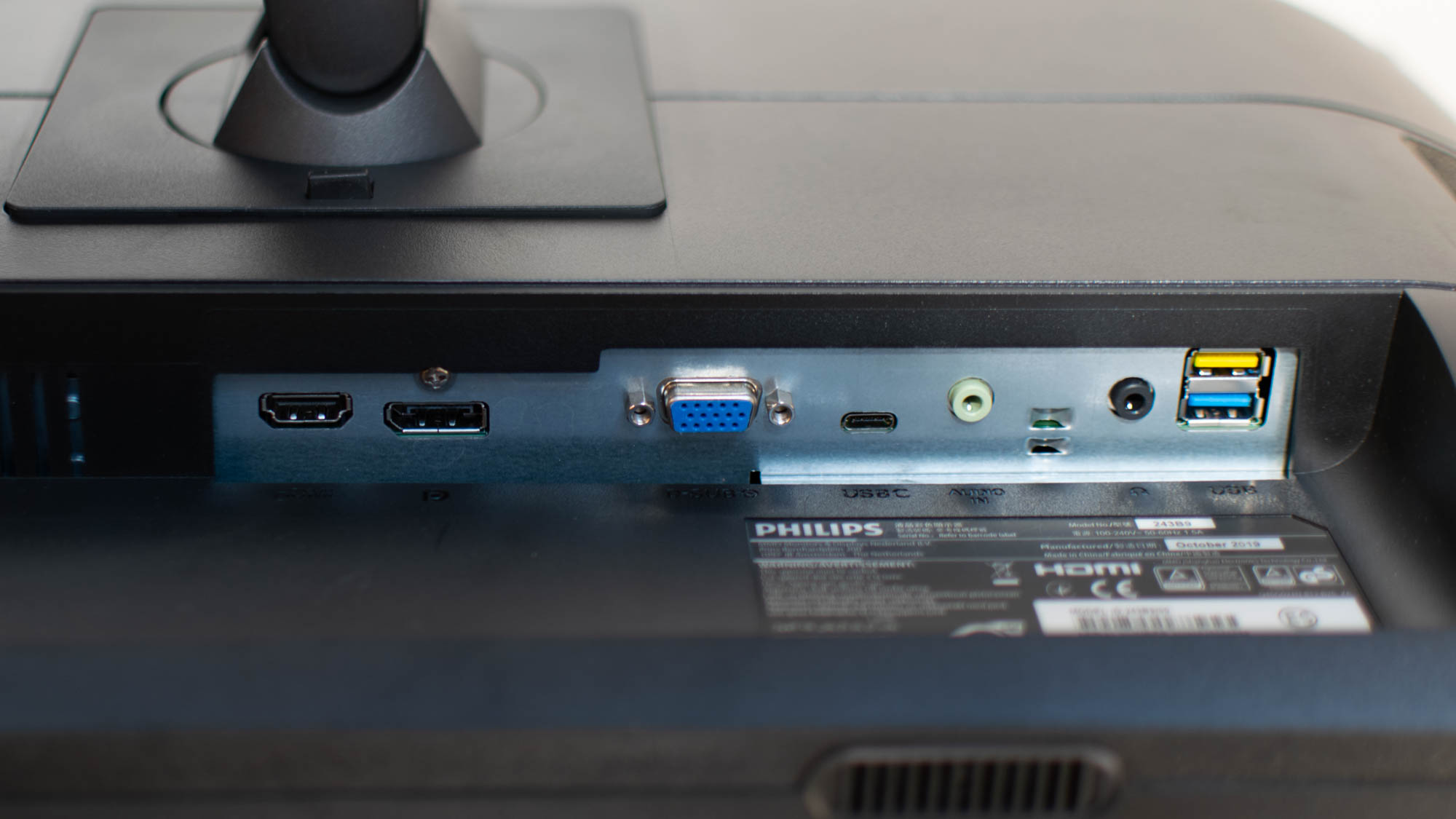
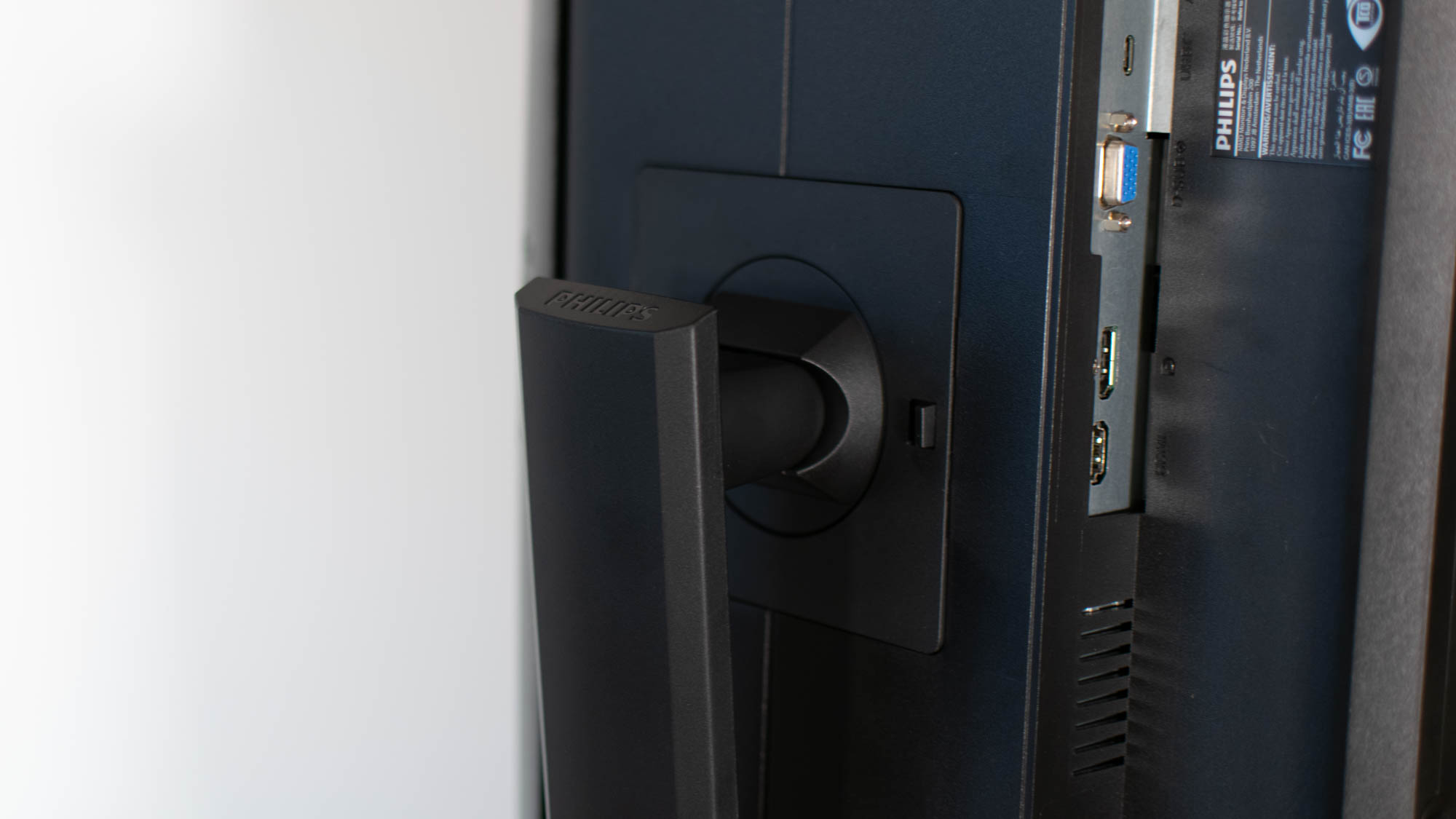
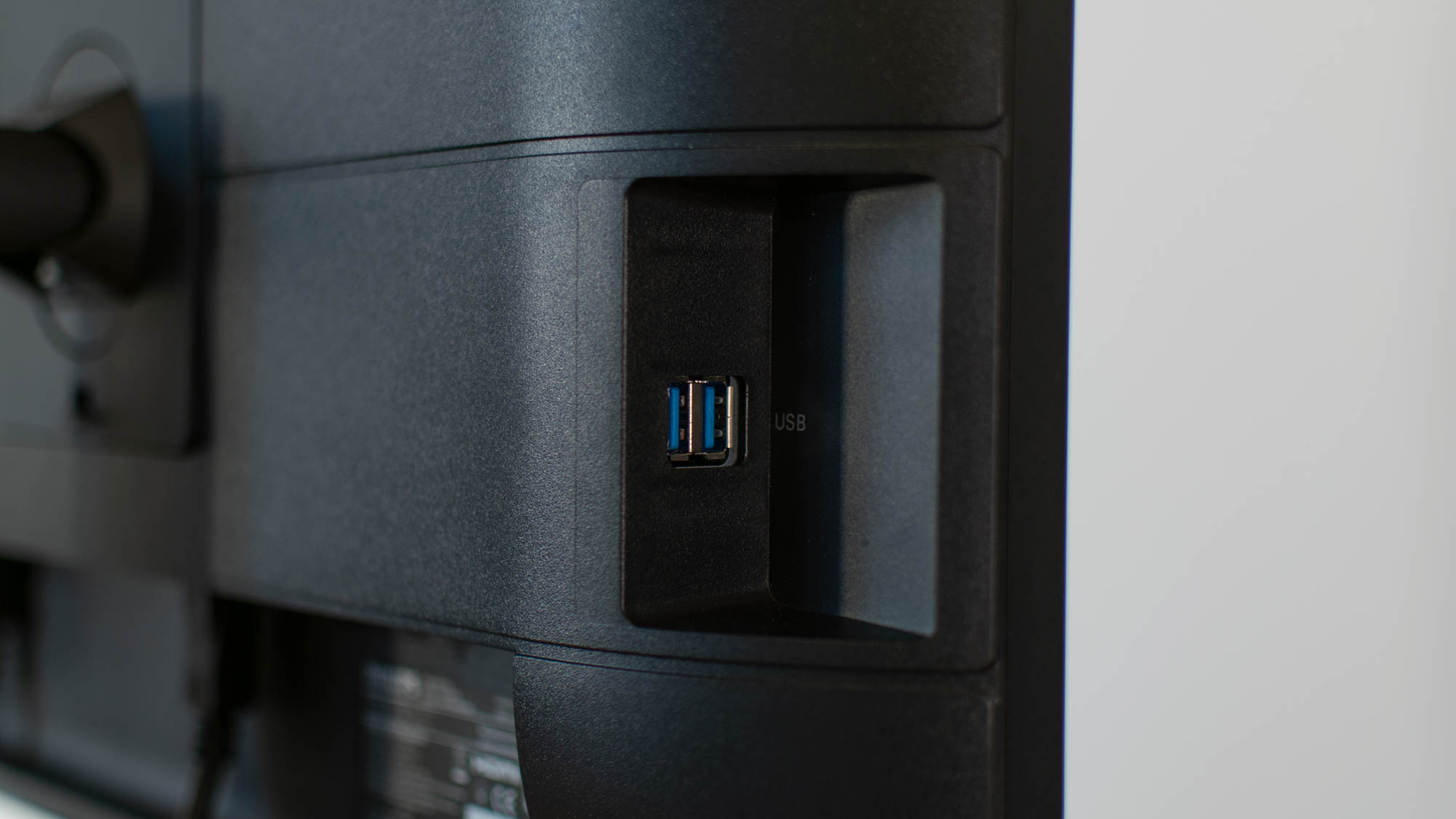
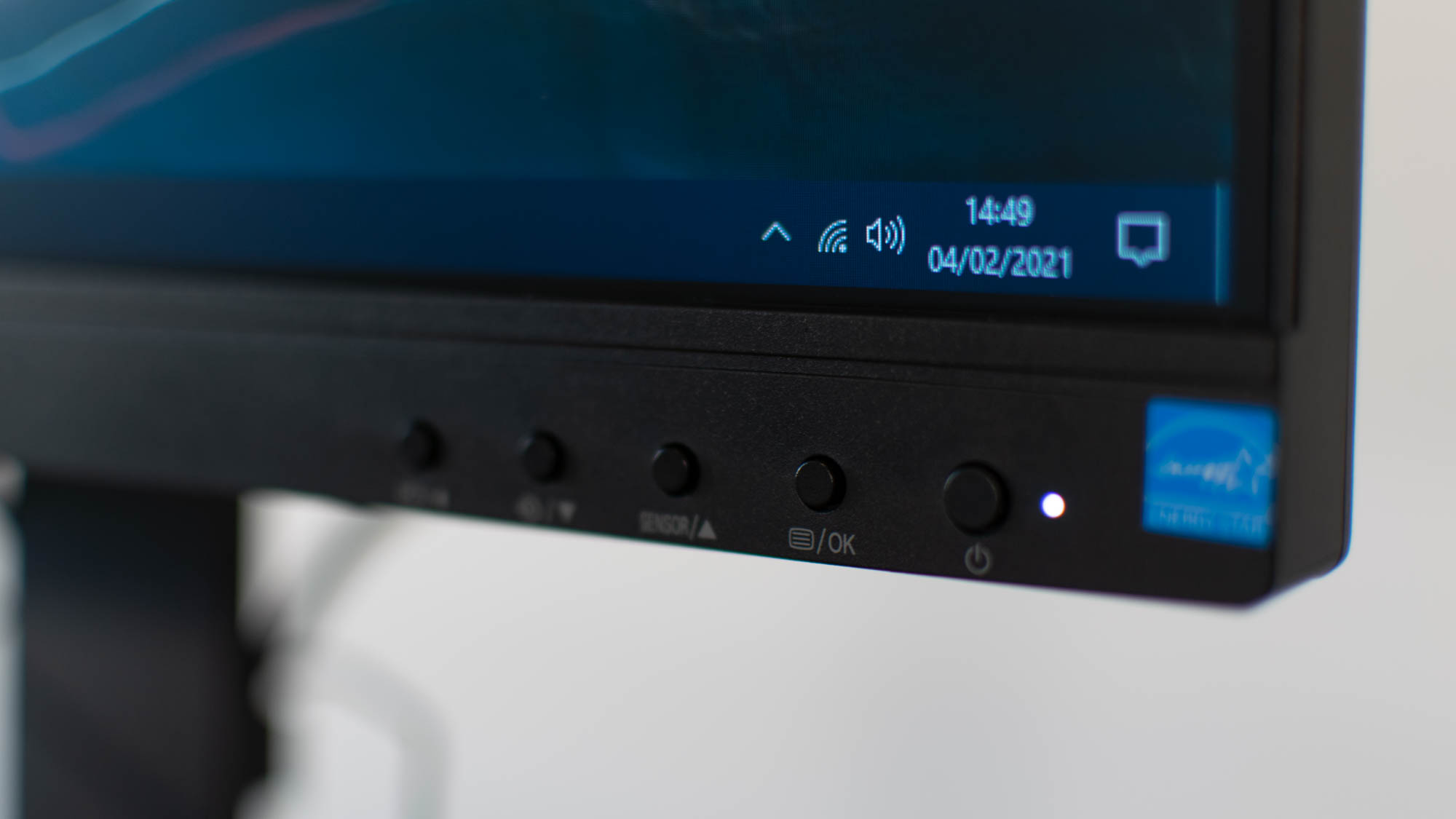
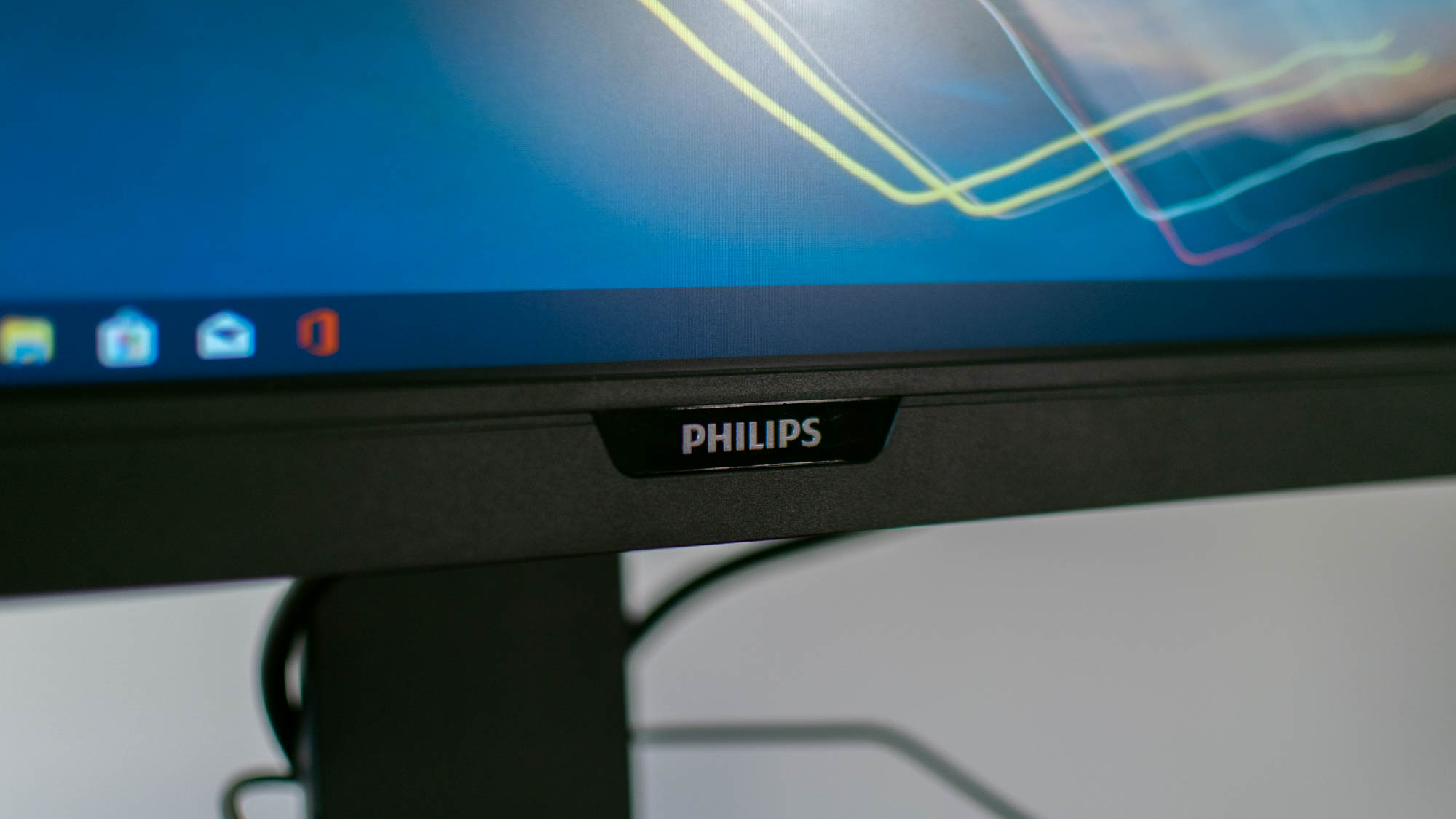
IT equipment is a lot like cars; while it may be fun to drool over the latest top-to-the-line models, what most people actually need is something solid and dependable which can handle the basics with minimum fuss. Step forward, the Philips 243B9 - a simple yet functional 24in 1080p monitor that fills this particular niche with aplomb.
Philips 243B9 review: Design
The 243B9’s affordable price tag is immediately evident when you look at it. While its understated design couldn’t be called ugly, the 5cm-plus thickness of its panel is substantial, and the plastic it’s constructed from feels decidedly cheap in comparison to some of Philips’ more premium models.
That said, however, there’s little else to criticise about the design. The ultra-thin 2.5mm bezels give the screen itself a sleek appearance and help maximise screen space, while the stand offers a fantastic degree of adjustability, including 175 degrees of swivel, -5 to 30 degrees of tilt, 150mm of height adjustment and the ability to pivot 90 degrees in either direction for portrait mode viewing.
In addition, there’s also a clip at the rear of the stand for built-in cable management, and a standard VESA mount for attaching to a wall or monitor arm. If you want to make use of this, the clip-in system used to attach the panel to the stand is swift and simple to use.
Philips 243B9 review: Image quality
An appealing design is one thing, but if budget monitors fall down in any area, it’s usually the quality of the panel itself. Happily, this isn’t the case here; the IPS display acquitted itself capably here, with a maximum brightness of 285.62cd/m2 (slightly exceeding Philips’ claimed limit) and a 94% coverage of the sRGB colour spectrum. It may not match a professional-grade screen like the ViewSonic VP2785-2K, but it’s just about good enough for a little light design work, as is the average Delta-E of 1.34; the greens and yellows are a tad oversaturated, but not enough to cause problems for the majority of users.
Similarly, a contrast ratio of 1051:1 is a creditable result at this price, and a 75Hz refresh rate helps everything to feel buttery smooth. The panel’s uniformity is a little less than ideal - brightness tends to dip around the edges, with the biggest variance being a dip of 21.4% in the bottom left corner. However, we’re willing to overlook relatively minor quibbles like this, given how cheap this screen is.

Philips 243B9 review: Ports and features
With that low price in mind, we’re gratified to see that Philips hasn’t skimped on the 243B9’s ports. For video, there’s VGA, DisplayPort 1.2, HDMI 1.4 and a USB-C 3.2 Gen 1 port with 65W power delivery. That’s a robust complement, and the USB-C port in particular will allow you to connect a laptop, charge it and access the display’s four built-in USB 3.2 ports with a single cable. Those full-size USB ports, incidentally, also offer fast-charging power output for devices and peripherals.
Elsewhere, there’s a pair of built-in 2W speakers for audio output and a 3.5mm input jack to go with them - although we’d suggest using the other 3.5mm output jack to connect a pair of headphones or external speakers, as they’re too quiet and tinny to bother with using even for video calls.
Like the monitor itself, the OSD is simple but gets the job done, and is straightforward to navigate with the four physical buttons on the front of the panel. It’s worth having a look at too; in addition to an sRGB mode for greater colour accuracy, users can also enable options for filtering out excess blue light, different colour temperatures and features like the PowerSensor, which automatically lowers the screen’s power consumption when you step away from your desk.
Philips 243B9 review: Verdict
The Philips 243B9 is aiming for no-frills performance. And it over-delivers, thanks to its highly commendable colour accuracy, solid maximum brightness, and a selection of handy extra features to boot. It’s also highly affordable, with an asking price south of £200.
If you want to shave even more off that number, you could go for Iiyama’s ProLite XUB2493HSU-B1, which comes in at an exceedingly wallet-friendly £108 before tax. However, the Philips has the edge over Iiyama’s monitor in terms of adjustability and - more crucially - the ProLite lacks any USB-C connectivity. If you want the extra flexibility of USB-C, it’s worth splashing out for the 243B9 - it’s the best all-rounder you’re likely to get at this price.
Philips 243B9 specifications
| Screen size | 23.8in |
| Screen resolution | 1920 x 1080 |
| Screen technology | IPS |
| Screen refresh rate | 75Hz |
| Video inputs | VGA, DisplayPort 1.2, HDMI 1.4, USB-C 3.2 Gen 1 |
| Audio inputs/outputs | 3.5mm input jack, 3.5mm headphone jack |
| Speakers | 2x 2W |
| Ports | 4x USB 3.2 |
| Adjustability | 150mm height adjustment, -5 to 30° tilt, 175° swivel, portrait mode |
Get the ITPro daily newsletter
Sign up today and you will receive a free copy of our Future Focus 2025 report - the leading guidance on AI, cybersecurity and other IT challenges as per 700+ senior executives
Adam Shepherd has been a technology journalist since 2015, covering everything from cloud storage and security, to smartphones and servers. Over the course of his career, he’s seen the spread of 5G, the growing ubiquity of wireless devices, and the start of the connected revolution. He’s also been to more trade shows and technology conferences than he cares to count.
Adam is an avid follower of the latest hardware innovations, and he is never happier than when tinkering with complex network configurations, or exploring a new Linux distro. He was also previously a co-host on the ITPro Podcast, where he was often found ranting about his love of strange gadgets, his disdain for Windows Mobile, and everything in between.
You can find Adam tweeting about enterprise technology (or more often bad jokes) @AdamShepherUK.
-
 ‘Phishing kits are a force multiplier': Cheap cyber crime kits can be bought on the dark web for less than $25 – and experts warn it’s lowering the barrier of entry for amateur hackers
‘Phishing kits are a force multiplier': Cheap cyber crime kits can be bought on the dark web for less than $25 – and experts warn it’s lowering the barrier of entry for amateur hackersNews Research from NordVPN shows phishing kits are now widely available on the dark web and via messaging apps like Telegram, and are often selling for less than $25.
By Emma Woollacott Published
-
 Redis unveils new tools for developers working on AI applications
Redis unveils new tools for developers working on AI applicationsNews Redis has announced new tools aimed at making it easier for AI developers to build applications and optimize large language model (LLM) outputs.
By Ross Kelly Published
-
 Google layoffs continue with "hundreds" cut from Chrome, Android, and Pixel teams
Google layoffs continue with "hundreds" cut from Chrome, Android, and Pixel teamsNews The tech giant's efficiency drive enters a third year with devices teams the latest target
By Bobby Hellard Published